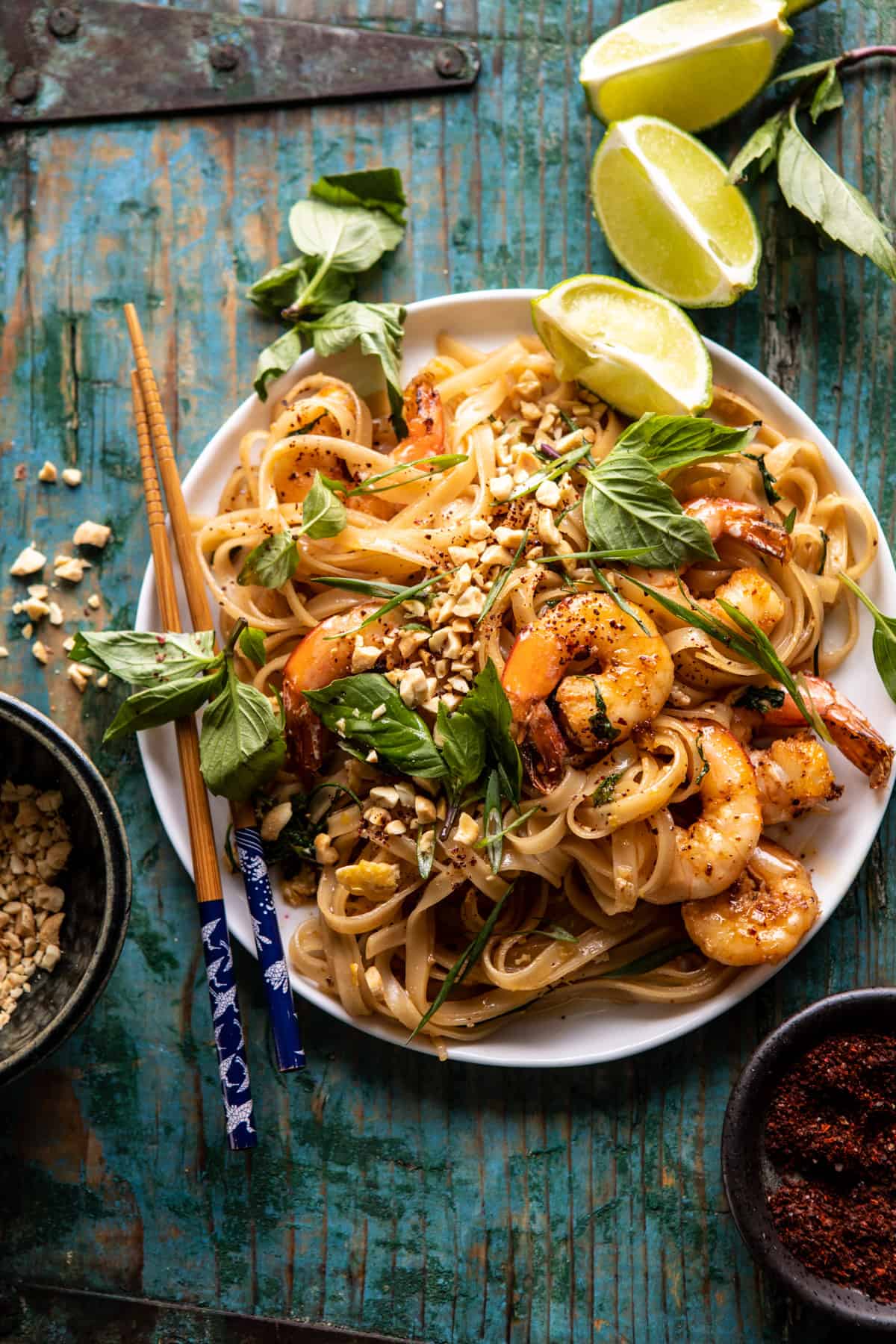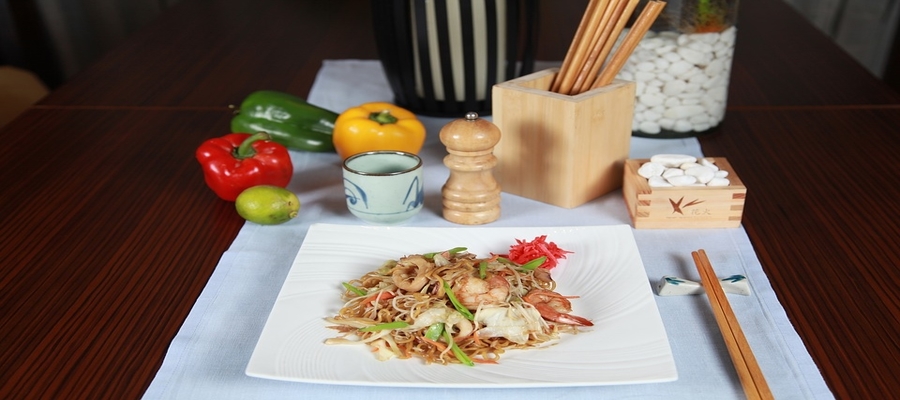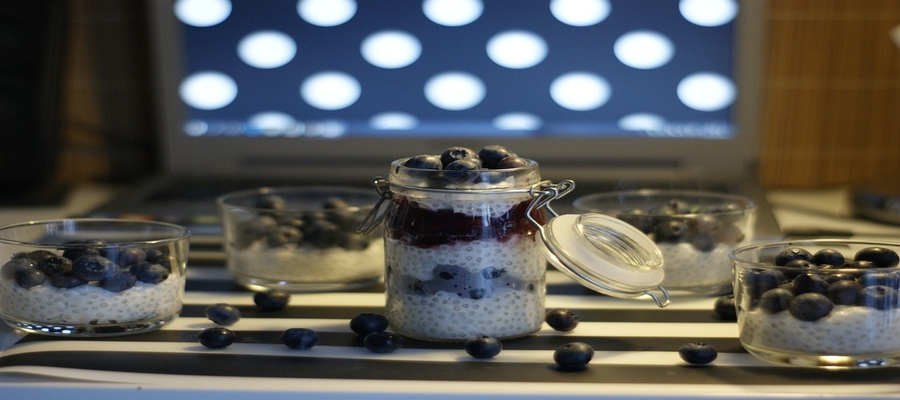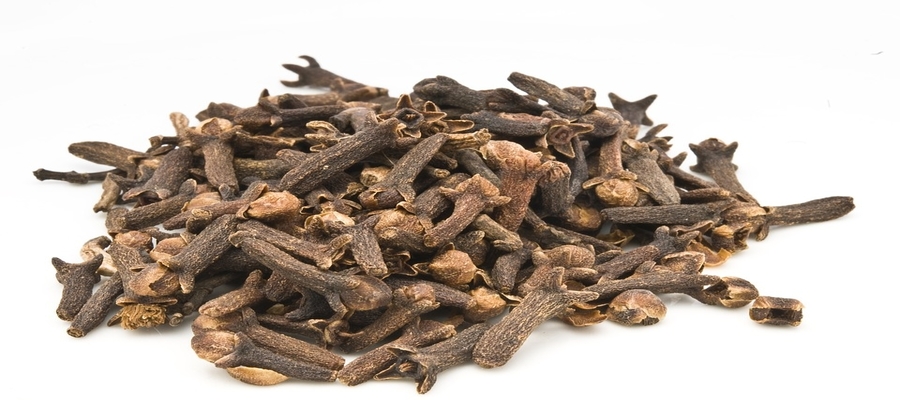Pad Thai is a classic street dish across Thailand—and it's probably the #1 order at your local Thai restaurant. In fact, this famous stir-fried noodle dish is the national dish of Thailand. But what entirely is it about it that makes it so delicious? Bold, umami flavors and a variety of textures make it a solace meal that anyone can love. Let's have a closer look at this beloved dish.
How to cook Pad Thai
The clue to delicious Pad Thai is to have all your components ready before you start cooking, as the process moves swiftly. For that reason, you'll need a reliable and good wok pan that heats up quickly—we recommend a carbon-steel wok with a flat bottom. Carbon steel woks are an excellent conductor of heat (crucial for stir-frying), and they're also relatively economical and don't weigh much. To avert sloppy noodles, undercook them a bit—they continue to absorb liquid from the sauce during the stir-fry action. Lastly, try smashing the eggs separately, then adding them back to the dish at the end. This way, you'll maintain their texture and you won't overcook them. Are you ready to cook Pad Thai at home? Dish recipes that are stir-fried. Do one serving at a time to catch that hot-off-the-wok flavor and the ideal balance of components.
Homemade and Healthy

Source: halfbakedharvest.com
By making them at home, you can improve the nutritional profile of pad thai. Double the bean sprouts and vegetables and go safe on the oil and soy sauce to reduce fat and sodium. Add lean protein, including shrimp and chicken, and decrease the amount of noodles because they are essentially pure refined carbohydrates. These noodles are homemade, delicious, and healthy for the body. Delicate rice noodles sauteed with chicken, tofu, bean sprouts, shrimp and plenty of ingredients sounds healthy. But the calories in pad thai noodles can add up swiftly. Depending on how it's cooked, pad thai can be quite nutritious or it may blow half your calories for the day.
Size Matters
When you eat at a restaurant, your plate will indeed hold more than 11 ounces of pad thai noodles. A full restaurant serving may contain more than 1,000 calories and a hefty dose of fat and sodium, according to the Daily Plate. Eat just half the serving or choose a healthier dish from the menu such as spring rolls, hot and sour soup or cashew chicken.


